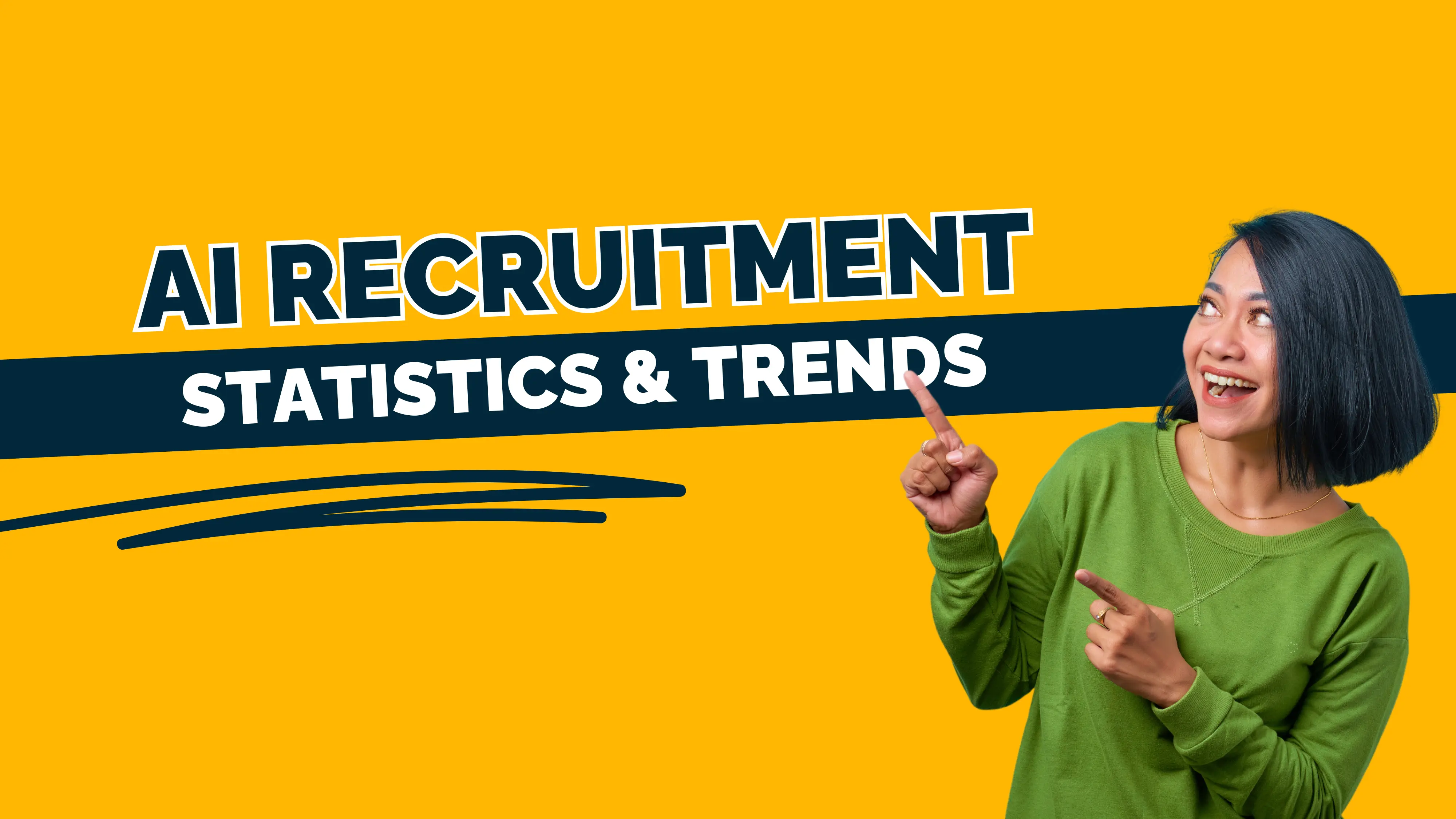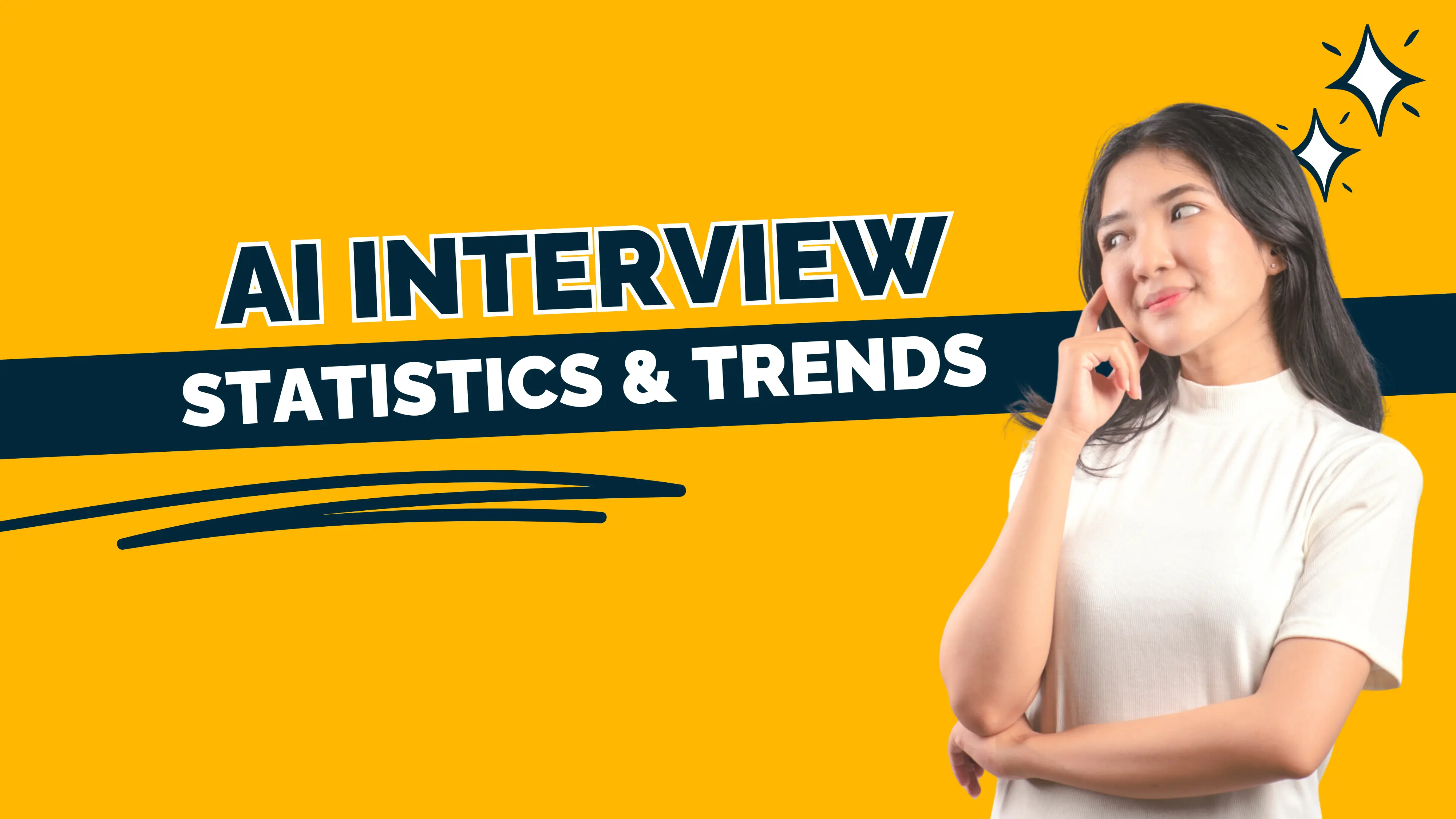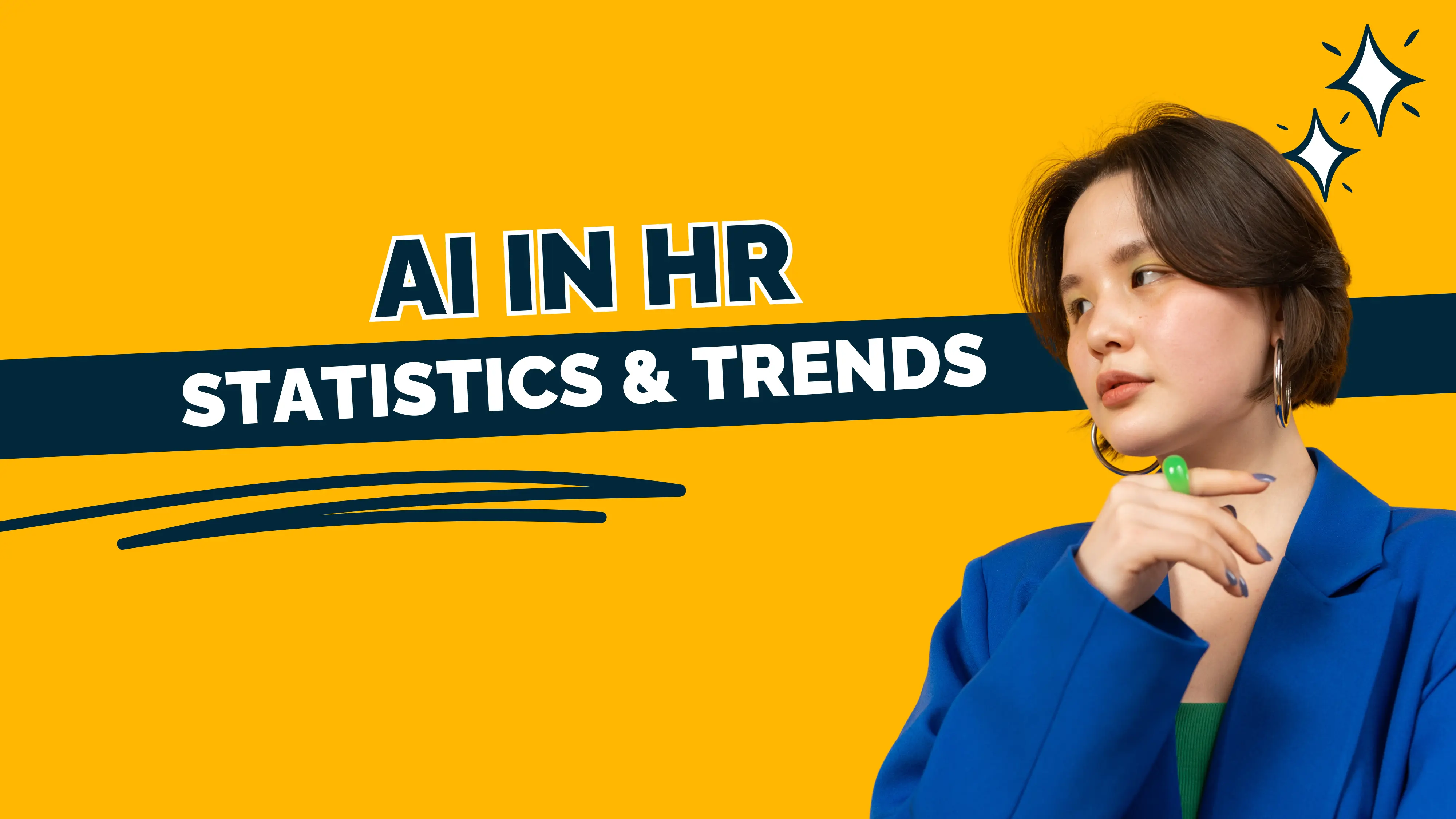Live interviews, especially technical or proctored assessments conducted remotely, are highly vulnerable to various forms of cheating. According to report, over 7% of candidates attempted to cheat during remote interviews and proctored tests, posing a significant threat to fair hiring practices.
To counter these challenges, organisations are increasingly adopting AI-driven proctoring and evaluation tools. These tools use advanced algorithms to:
- Detect suspicious activities in real-time
- Flag behavioural anomalies for interviewer review
- Automatically block or restrict fraudulent actions
AI proctoring systems combine facial recognition, liveness detection, gaze tracking, object detection, behavioural analytics, and audio analysis to ensure assessment integrity. For example, AI-based liveness detection reduced impersonation attempts by up to 98% compared to manual verification alone.
Overall, AI ensures a fair, unbiased, and secure interview environment, enabling recruiters to confidently evaluate candidates based on genuine skills and merit.
How AI is Used to Detect Cheating in Live Interviews?
These tools use advanced algorithms to detect, flag, and sometimes automatically block suspicious activities, ensuring a fair evaluation environment. Below are the key ways AI is deployed to detect cheating in live interviews.
1. Facial Recognition and Liveness Detection
How it works:
- AI models perform real-time facial recognition to authenticate that the person appearing on camera matches the registered candidate's identity.
- Liveness detection algorithms differentiate between a live person and spoofing attempts like static photos, videos, or deepfakes.
Example: The system requires the candidate to blink, smile, or turn their head during authentication, actions difficult to spoof with static images or pre-recorded footage.
Benefits:
- Prevents impersonation.
- Reduces manual identity verification effort.
- Enhances confidence in remote hiring outcomes.
👉 Also Read: How Proctoring Platforms Detect and Prevent Cheating?
2. Continuous Face Tracking
How it works:
- AI continuously monitors the candidate's face and position to ensure they remain in front of the camera.
- Detects frequent lookaways, suspicious eye movements, or leaving the frame, which could indicate looking at external resources or seeking help.
Example: If a candidate consistently looks away from the screen for extended periods, the AI flags this for recruiter review.
3. Object Detection
How it works:
- AI models analyse the video feed to detect additional faces, devices, books, notes, or smartphones in the environment.
- Uses computer vision techniques to identify non-permitted objects or persons.
Example: If another person enters the camera frame, the system generates an immediate alert, or if a mobile phone is detected in the candidate's hand, it is flagged as a violation.
👉 Also Read: Top 15 Online Proctoring Tools for Universities
4. Audio Analysis and Keyword Detection
How it works:
- AI-powered audio monitoring captures background noises, whispers, or conversations.
- Uses natural language processing (NLP) to detect keywords or spoken cues that indicate external assistance.
Example: If the system hears someone reading out code snippets, instructions, or interview answers, it alerts the interviewer or logs the incident.
5. Browser and Screen Monitoring (for Coding or Technical Tasks)
How it works:
- AI tools restrict and monitor candidate screen activity by:
- Detecting tab switching to unauthorised websites.
- Monitoring clipboard use to prevent copy-paste from external sources.
- Blocking search engine access during live coding interviews.
Example: If a candidate switches tabs to StackOverflow or any external resource, the AI flags or blocks the attempt instantly.
6. Behavioural Analytics
How it works:
- AI analyses candidate behavioural patterns such as typing cadence, mouse movements, and eye focus to detect anomalies.
- Builds a behavioural baseline at the start and flags deviations during the interview.
Example: Extremely inconsistent typing speeds or mouse movements could indicate that someone else is remotely controlling the system or assisting.
👉 Also Read: Top Behavioral Signs of Cheating During Remote Interviews
7. NLP and Content Similarity Detection in Responses
How it works:
- During technical interviews or assessments with descriptive answers, AI compares candidate responses against vast knowledge bases and previous submissions.
- Uses plagiarism detection algorithms to identify copied answers or code.
Example: An answer copied from online resources is flagged, and its similarity percentage is presented to the interviewer for further action.
8. Eye Movement and Gaze Tracking
How it works:
- Advanced AI uses gaze tracking to analyse where the candidate is looking during the interview.
- Frequent sideways or downward glances could indicate reading hidden notes or looking at another screen.
Example: AI maps gaze patterns to ensure attention is on the interview screen, increasing integrity confidence.
9. Emotion and Stress Analysis (Emerging Capability)
How it works:
- Some AI proctoring tools analyse micro-expressions, tone of voice, and speech patterns to detect nervousness or stress indicators associated with dishonest behaviour.
Example: Sudden changes in tone or repeated filler words during suspicious moments are logged for interviewer review.
10. Real-time Alerts and Automated Report Generation
How it works:
- AI instantly alerts the proctor or interviewer about suspicious activities, allowing intervention or additional questioning.
- Generates comprehensive post-interview reports summarising:
- Identity verification results.
- Behavioural flags.
- Audio/video anomalies.
- Screen activity violations.
Benefits:
- Saves significant manual monitoring effort.
- Enhances decision-making confidence for recruiters.
Conclusion
AI-driven cheating detection in live interviews is revolutionising remote hiring by combining biometrics, computer vision, behavioural analytics, and natural language processing (NLP) techniques. These technologies work together to ensure:
- Identity integrity, verifying that the candidate is who they claim to be
- Environment monitoring, detecting unauthorised devices, persons, or suspicious movements
- Behavioural analysis, identifying irregular typing patterns, gaze deviations, and stress indicators
- Real-time intervention, alerting interviewers or blocking actions that compromise fairness
While AI is not a complete substitute for human judgment, it acts as a powerful first line of defence against academic dishonesty and hiring fraud, significantly reducing manual monitoring effort.
How WeCP and Sherlock Enhance AI-Based Cheating Detection
Platforms like WeCP (We Create Problems) have integrated AI-powered proctoring agent (Sherlock) into their assessment and live interview solutions to deliver a secure and fair evaluation process at scale.
- Uses multi-factor liveness detection to prevent impersonation
- Analyses micro-behaviours and environmental anomalies for suspicious activities
- Generates comprehensive integrity reports, summarising facial tracking, browser monitoring, and behavioural flags for recruiters
Companies implementing solutions like WeCP with Sherlock ensure:
✅ Fairness: Interviews and assessments are conducted in a secure, unbiased manner
✅ Data integrity: Candidate responses remain authentic and untainted by external assistance
✅ Trust: Hiring decisions are based on true merit and capability rather than fraudulent performance
In a hiring landscape where remote assessments are becoming the norm, leveraging AI-powered tools such as WeCP’s Sherlock equips organisations to confidently hire top talent with verified skills and integrity.
👉 Schedule a demo with an expert to explore how AI can be used to detect cheating in your interview process.


.png)








.svg)